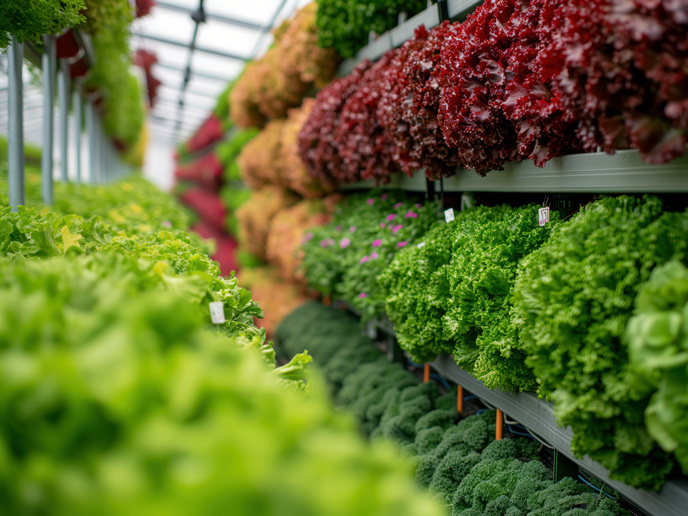Better detection of foreign bodies in food processing plants protects consumers
Despite the best efforts of processing plants to eliminate foreign body contaminants, they can remain in food that reaches consumers, causing injury and even death (especially in infants). While there is a range of detection systems available, none provides a comprehensive safeguard. For example, X-rays can detect objects with different densities (such as glass or dense plastic), but struggle with very small contaminants such as hair or those of low density, such as cardboard. Moreover, X-rays are expensive and pose safety concerns. The EU-supported HYPERA project developed an on-line quality inspection system for automated chemical composition analysis and foreign body detection, for the food industry (and other process industries). The non-destructive hyperspectral imaging (HSI) system is capable of rapid, consistent detection of a wide range of foreign bodies in modern food processing plants. The HSI system The IRIS-built non-destructive hyperspectral imaging (HSI) system integrates both spectroscopic and computer vision techniques to simultaneously provide spectral and spatial information. The hyperspectral camera detects hundreds of bands of light. The infrared (IR) spectrum is much richer in terms of chemical composition than the visible three band spectrum (VIS) that people see. Using IR allows the system to detect a wide variety of anomalies in foods. “If conventional spectroscopy provides the answer to the ‘What’, and conventional computer vision to the ‘Where’, HSI answers the question of ‘Where Is What’”, says Mr Alejandro Rosales, Science & Technology Manager at IRIS. When combined with chemometric (i.e. multivariate) analysis, HSI can predict the concentration and distribution of multiple components in a sample, making the technique attractive for many routine food industry quality inspections. The HYPERA® system comprises two different monitoring modules. The reflection module not only detects contaminants but also measures food composition including fat, moisture and protein, acting as a multi-functional tool to assess food quality. The transmission module is particularly suitable for detecting opaque bulky foreign bodies. The system is seamlessly mounted into production conveyor lines. The team tested HYPERA® at the industrial facilities of four food processors from Spain and Ireland where it was trialled in five different food applications, successfully detecting foreign bodies in pizzas, ready-to-eat (RTE) foods, processed fruit and vegetables, and cooked meats. Shifting gear from R&D to product acceleration The EU’s SME Instrument funding aims to quickly scale promising technology. It has enabled the cross-disciplinary team (representing photonics, chemometrics, software development and Artificial Intelligence) to achieve performance improvements for this disruptive technology. “HYPERIA® is great news for consumers. It will prevent future food scares and scandals, guaranteeing safe, healthy and high-quality food,” says Director of IRIS, Mrs Oonagh Mc Nerney. “As it drives forward advanced, data-driven processing technologies, it will also play a role in boosting the competitiveness of the European food industry, in line with Industry 4.0 ambitions.” The scaled-up system (patent pending), offers over 95 % accurate identification for applications targeted to date, and is now nearly market ready. The team have already secured their first sales and first distributor partnership and are currently focussed on their market strategy. This is targeted at food processing companies initially, before pharma, chemical and other process industries. From a technical standpoint, mathematical deep learning tools are being used to improve the technology’s penetration range, to detect deeply embedded foreign bodies, as well as extending the range of identifiable smaller contaminants.
Keywords
HYPERA, food safety, contaminants, foreign bodies, food processing, Hyperspectral Imaging, chemical composition analysis, deep learning, chemometric, industry 4.0







